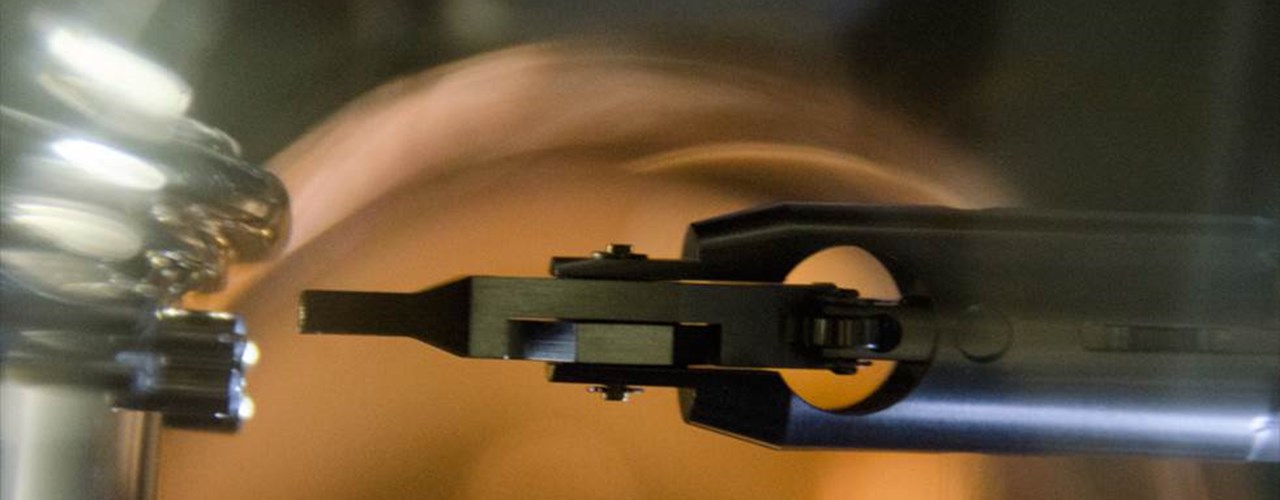NFFA-Europe newsletter
First issue
In this issue
Enhancing European competitiveness in nanoscience research and innovation

NFFA-Europe is fulfilling its mission. The Joint Research Activities started right away in Autumn 2015 and are obtaining results, the Networking Activities have presented our distributed infrastructure at many congresses and fairs and have organised the first NFFA-Europe Summer School, finally over 250 scientists from Europe and elsewhere have applied for Transnational Access in the first three calls.
The proposals of first two calls have been verified for technical feasibility by the TLNet and evaluated for science merit by the Access Review Panel, with three independent referees being involved in the assessment of each individual proposal. This has led to more than 40 projects being awarded access from the first two calls, many of which have already completed their work at NFFA-Europe and are analysing data.
The response to the Transnational Access calls indicates that the scope of NFFA-Europe is well designed and the target community is responsive.
The response to the Transnational Access calls indicates that the scope of NFFA-Europe is well designed and the target community is responsive. Also it indicates that the Technical Liaison Network is a key element for the performance of a distributed facility like NFFA-Europe. The outcome of the Kick-Off meeting in Milan has been very positive on all networking aspects, as well as in the web-streamed public session chaired by Prof. John Wood, former ESFRI Chair, that included scientific presentations by Dr. Rosie Hicks, CEO of the Australian-NFF, Dr. Stephan Hofmann from University of Cambridge, Dr. Luca Giannini from Pirelli Tyres and Dr. Luca Zanotti from STMicroelectrics SRL
The Executive Committee has met 18 times, by video-conference, and the Management Team is monitoring the administration of the consortium, as well as the regular completion of the Deliverables and Milestones.
We plan a workshop next spring that will address the progress of the JRAs and NAs as well as the results of the TA research by the users, as at least 5 calls will be then completed. We expect by that time to have first results and a demonstrator of the novel data management and archiving system that should later become the reference for all NFFA-Europe activities.
I hope this newsletter can convey relevant new information about the performance of NFFA-Europe.
I wish to all colleagues of the consortium, and to all the users and potential users, a most fruitful use of NFFA-Europe.

